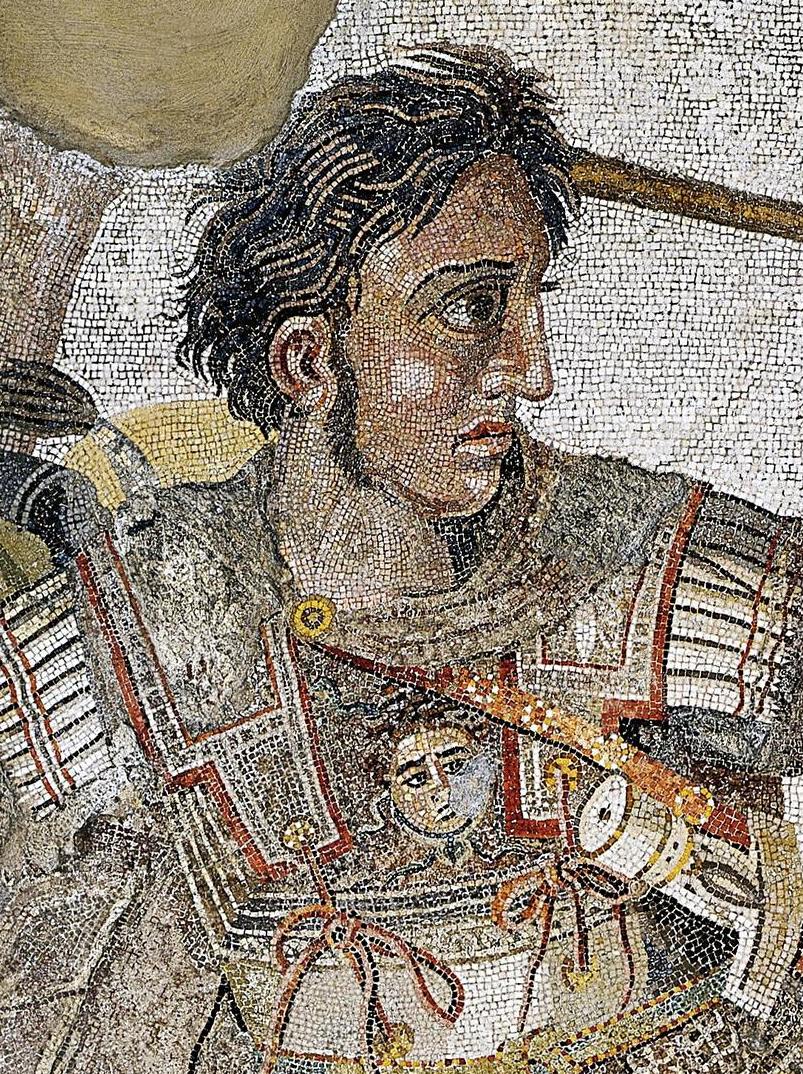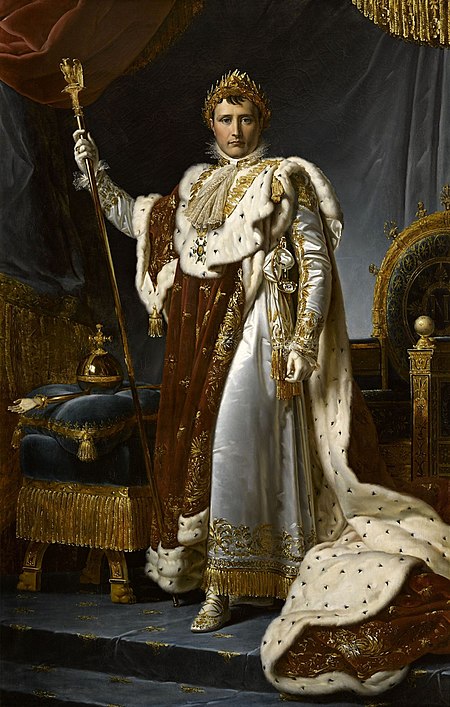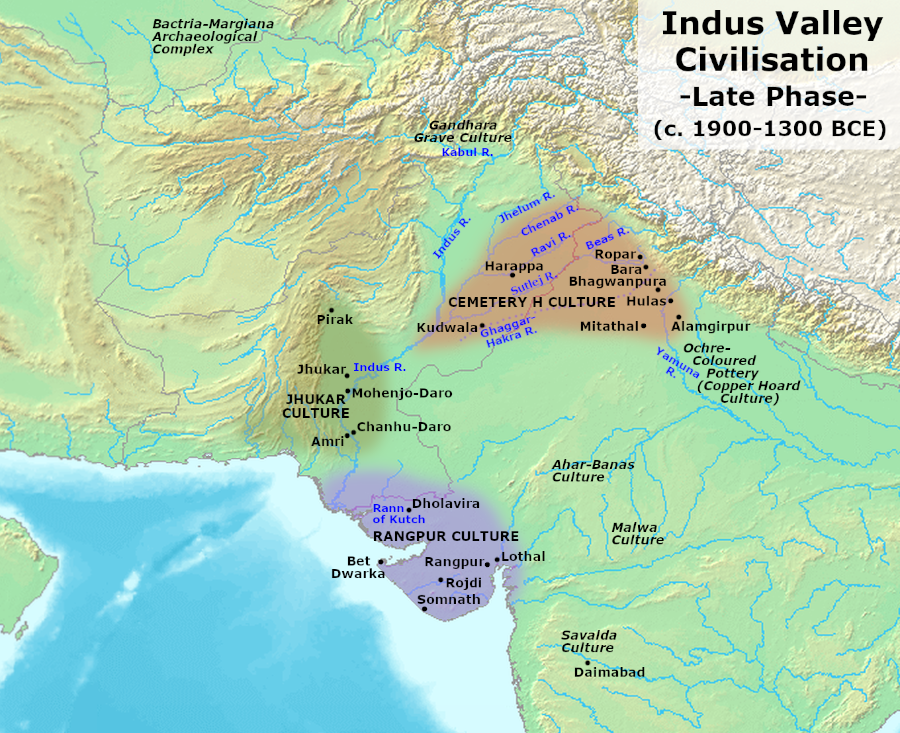The Islamic Republic of Pakistan was established as a separate state from India through partition after the end of the British Raj. This was due largely to the efforts of Muhammad Ali Jinnah and the Muslim League, who established themselves as a viable alternative to the Indian National Congress. Supporters of the Muslim League were united by a desire of a separate homeland for Muslims of British India, after Jinnah’s calls for certain rights and autonomy Muslims in independent India were met with resistance from Congress leaders. In his vision for Pakistan, secular modernist Jinnah favored a state for Muslims, rather than a Muslim State. However, the Muslim League as a whole lacked a cohesive ideology for what kind of state Pakistan would be. Nevertheless, on 14 August 1947, Pakistan came into being. From the moment it was created, Pakistan struggled to to create a stable, democratic national culture due to differing views on the nature of Islam in the republic, compounded by the competing nationalisms of Islamic Nationalism and Bengali Language Nationalism, which resulted in political violence, growing military clout, and civil war.
The founder of Pakistan, Muhammad Ali Jinnah, proclaimed, “We are starting in the days when there is no discrimination, no distinction between one community and another, no discrimination between one caste or creed and another.”1 His version of Pakistan was modern and democratic with freedom of religion. The role of Islam, according to Jinnah, would be no different from any other religion.
“Hindus would cease to
Hindus and Muslims would cease to be Muslims, not in the religious sense…but in
the political sense as citizens of the state.”
Here, he argues that it is in the interests of South
Asia for political expressions of religion to be eliminated to establish a
secular state. Jinnah seems to have believed in Pakistan as a state for
Muslims, rather than a Muslim State. Liaquat Ali Khan, Pakistan’s first Prime
Minister, similarly believed in democracy, tolerance, and social justice, but
based those ideals on Islam rather than secular ideology. He emphasized Islam
as a guiding force in Pakistan’s nation-state project. He had a strong belief in
Islam as a healing force for the world’s problems, and saw Pakistan as a
contributor to this vision. Still other activists favored an Islamic state.
Abul Ala Maududi, founder of the Jamaat-e-Islami movement, argued that Pakistan
should be established in an Islamic tradition, since its independence “was
achieved exclusively with the object of becoming the homeland of Islam.” Islamic
Law, in his view, was part of a total way of life.
The division in the
outlooks of Pakistan’s founders influenced constitutional debate in the
Dominion of Pakistan. “The nine years required to agree upon and ratify it
reflected implacable differences among the politicians of the Muslim League and
other parties, on the one hand, and between religious and political leaders, on
the other.”2 The nine years it took Pakistan to frame its
constitution should be compared with with India, whose framers took only three
years to do the same. These differences primarily the level which Islam should
permeate political and personal life in Pakistan. The absence of a charismatic,
unifying leader such as Jinnah to bring disparate groups together was “sorely
felt”. Both sides discredited the other in an effort to get their way, which “prepared
the way for bureaucrats and soldiers to advance other interests.”2
The high clout of the military and intelligence agencies in Pakistan traces its
origins to the constitutional debates of the late 1940s and 1950s.
The other major hurdle to
political stability in Pakistan was nationalism in Bengal. While regionalism
was present in many Indian provinces, it was most prevalent in Bengal. Huseyn
Shaheed Suhrawardy, the last Prime Minister of Bengal before independence, made
an impassioned plea for an undivided Bengal, independent from India and
Pakistan.3 This was rejected by both Congress and the Muslim League,
and Bengal was partitioned in 1947. The United Bengal proposal showed that
Bengali Nationalism was a legitimate concept. Suhrawardy's successor, Sheikh
Mujibur Rahman, brought Bengali Nationalism back into the mainstream and
created a mass movement that saw East Bengal's separation from Pakistan. Why
was Bengali Language Nationalism so strong? The other ethnic groups of Pakistan
did not share Bengal's level of resistance to Urdu as a unifying language. East
Bengal contained more than half of the population of Pakistan, so Dhirendra
Nath Datta, among others, suggested that Bengali be added to the official
languages of government, but was denied. This angered Jinnah, who said that
“without one state language, no nation can be tied up solidly together”.4
While Jinnah’s point about a unifying language is a strong one, the anger felt
by Bengalis is similarly justified since a majority of Pakistan’s population
spoke Bengali, whereas Urdu did not have even close to as many speakers. Therefore,
Jinnah’s speech comes off as arrogant, since he refused to consider
compromising with the largest bloc of citizens in the country. It is not
surprising that this caused severe problems down the line.
The final issue that led
to the demise of Pakistan was trust. In the 1970 elections, West Pakistan was
dominated by the social-democratic PPP, while all seats in East Pakistan except
two went to the social-democratic Awami League led by Rahman, giving him a
majority. However, dictator Yahya Khan, PPP leader Bhutto and west Pakistanis
in general6 did not want to hand power to Rahman. This can only be
explained in one way – West Pakistanis did not trust Bengalis. Democracy,
tolerance, and freedom were the ideals espoused by Pakistan’s founders and
confirmed by its constitution, yet the West Pakistanis were willing to go
against democratic ideals in order to keep Rahman out of power. This mistrust
flowed in the other direction. Bengalis mistrusted the military due to its
dominance by Punjabis. Additionally, they felt capital was being funneled from
East to West Pakistan5. Mutual mistrust was the culmination of the
problems that plagued Pakistan from its inception, namely the lack of a unified
outlook for the Islamic Republic and the rise of Bengali Nationalism.
Perhaps a unifying figure was necessary for a stable foundation for Pakistan, which Jinnah was not able to provide due to his death. However, even he showed resistance to acknowledging the legitimate concerns of the Bengali people, which made up half of the country’s population. This casts doubt on the assumption that anybody could have stopped the problems that arose in the first three decades of Pakistan’s existence. It also casts doubt on whether creating a Muslim homeland in India was the right decision to make. The “two-wing” experiment was a failure. Comparing Pakistan’s immediate post-partition history to India’s is particularly damning; Pakistan fell into civil war within 25 years, whereas India has not faced civil war to date. This is ironic, since Pakistan was created in large part due to fears of civil war. Rather than religion, division in Pakistan from 1947-1971 was based on ethnicity and language with ultimately prevailed. There is plenty of division in India in regards to language, and Muslims there make up a sizable minority. However, division in India cuts across so many layers that the status quo has remained. Pakistan was a new idea, on the other hand, and needed to prove its existence. It was undone by the strength of the Bengali identity and the central government’s unwillingness to accept that identity.













